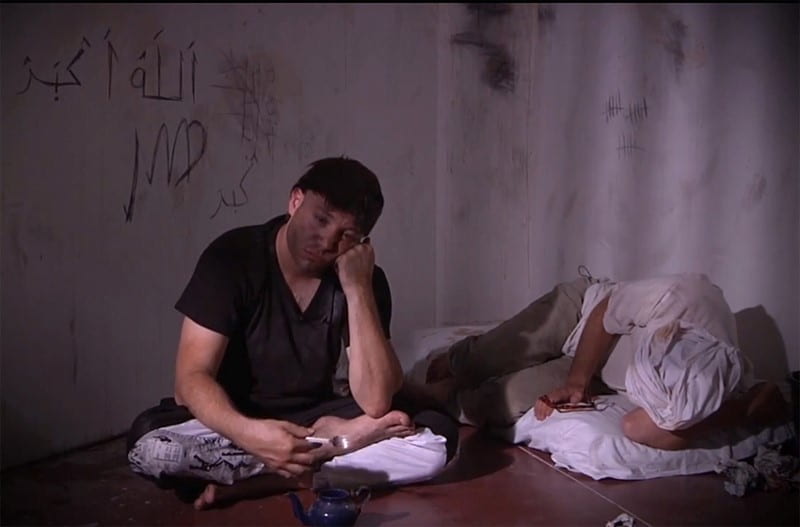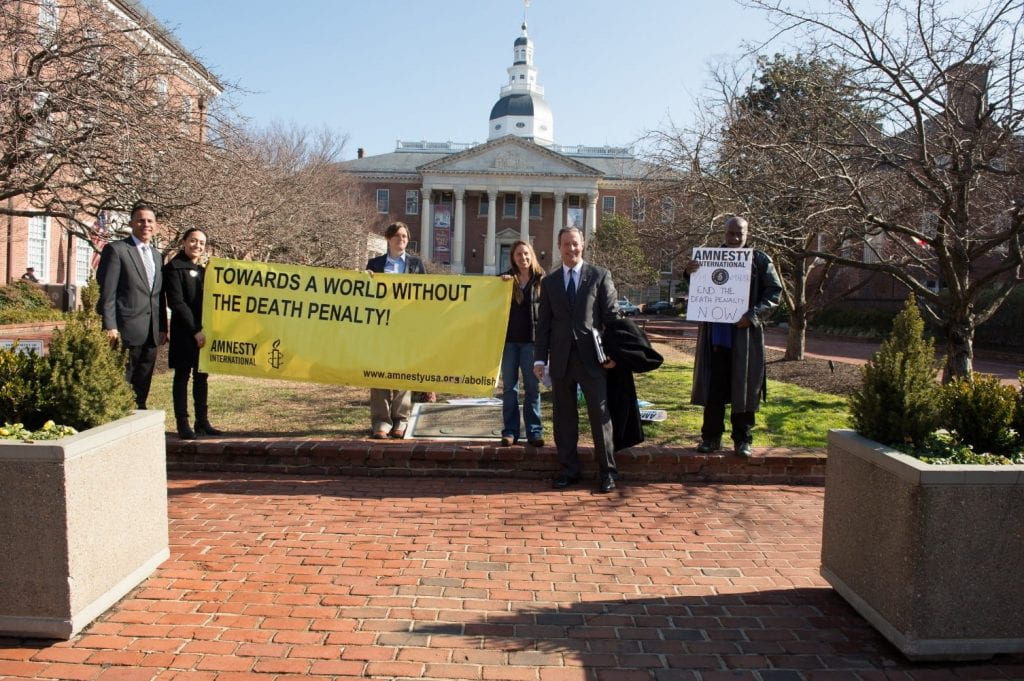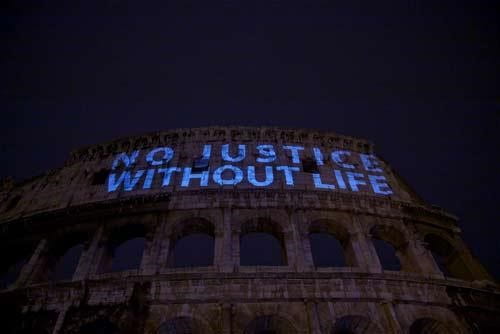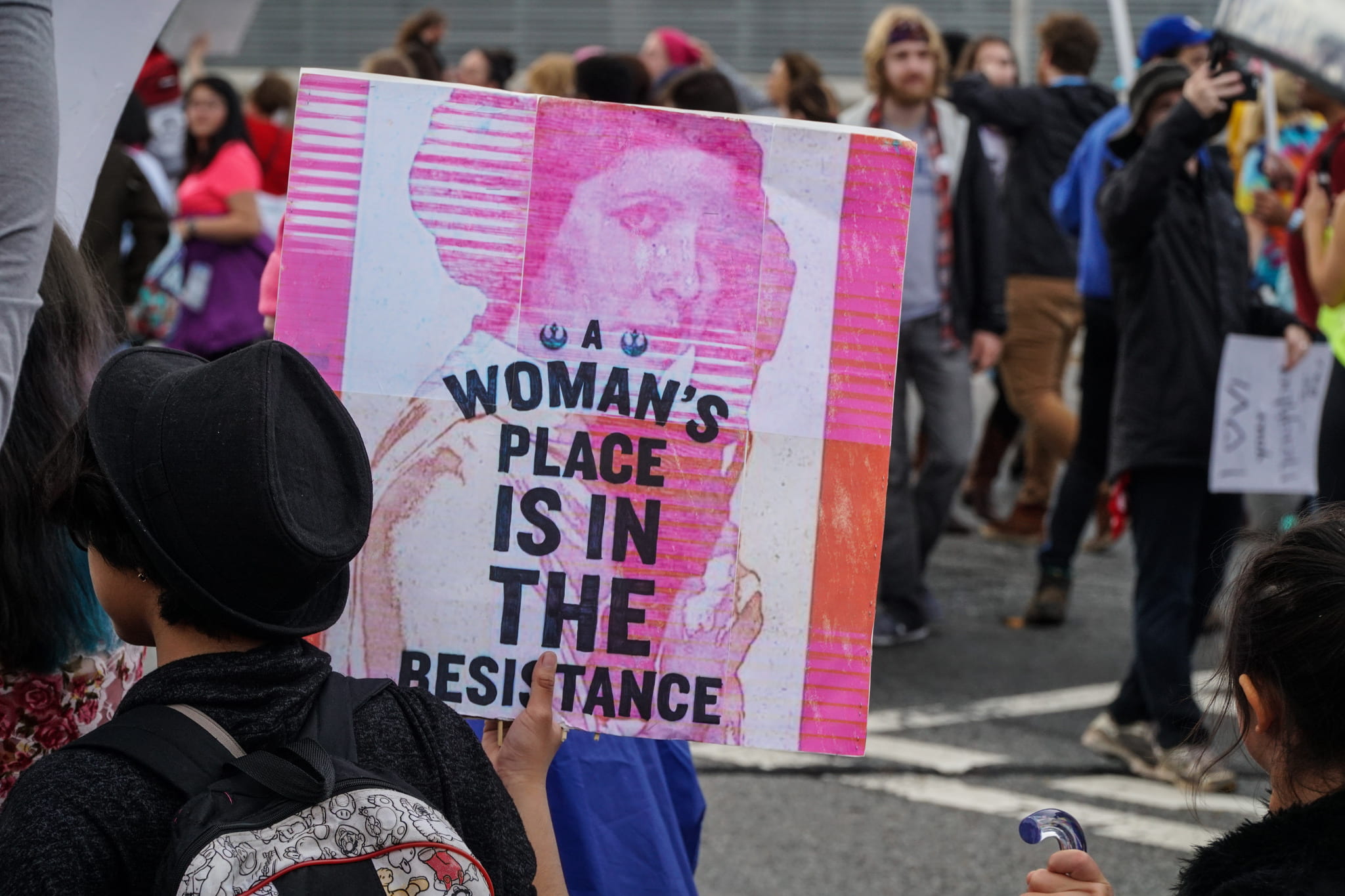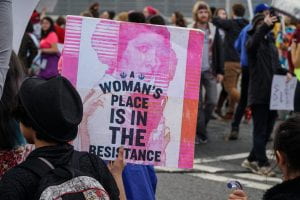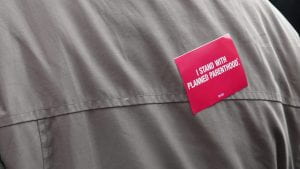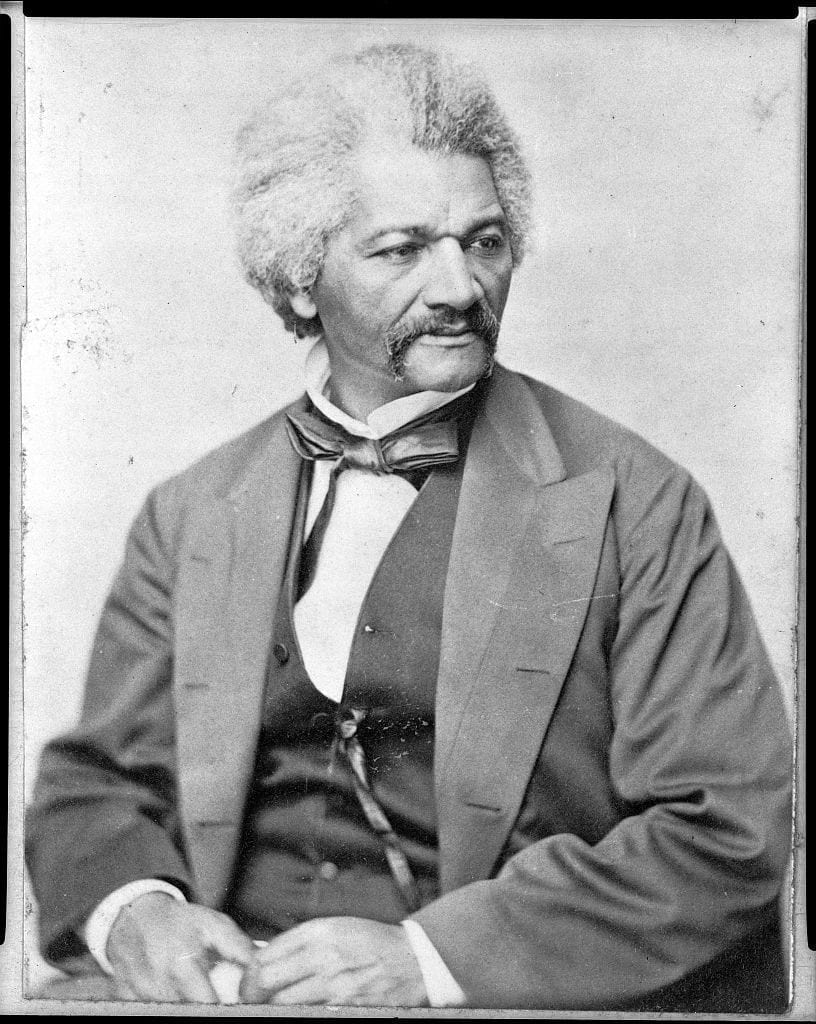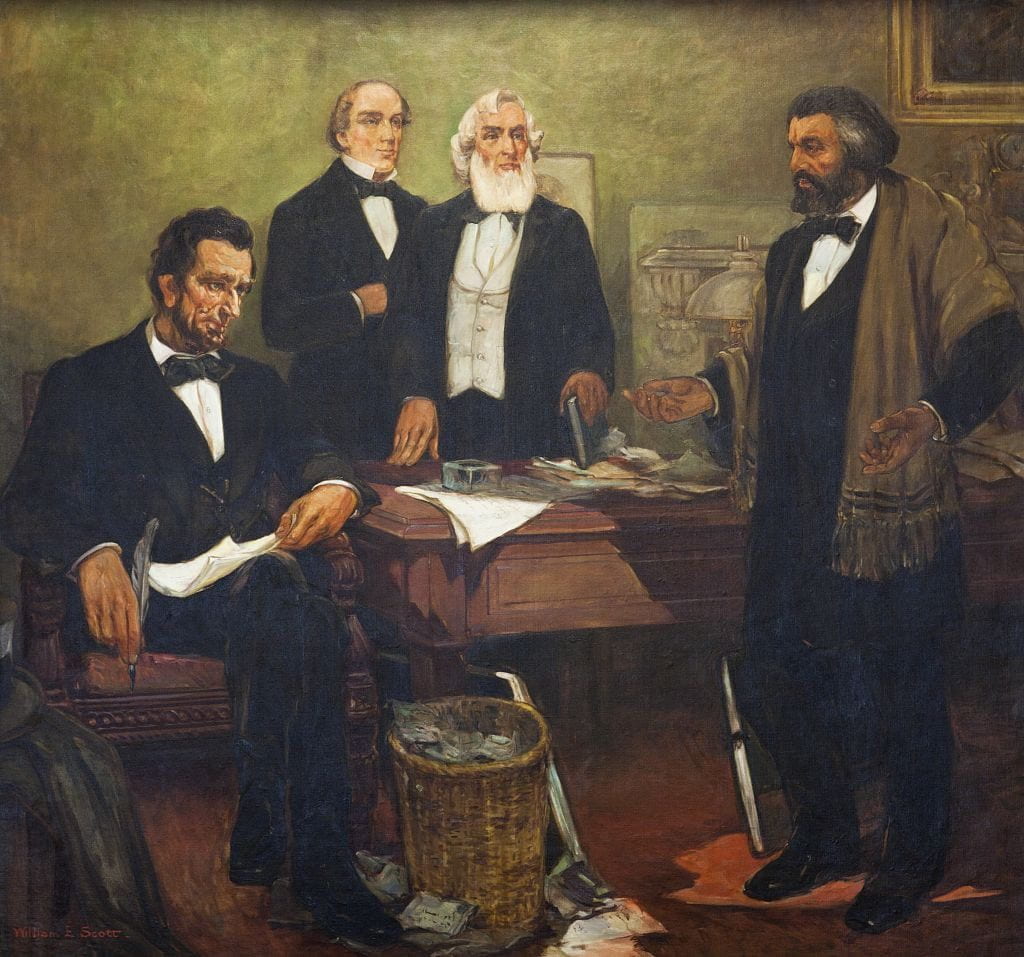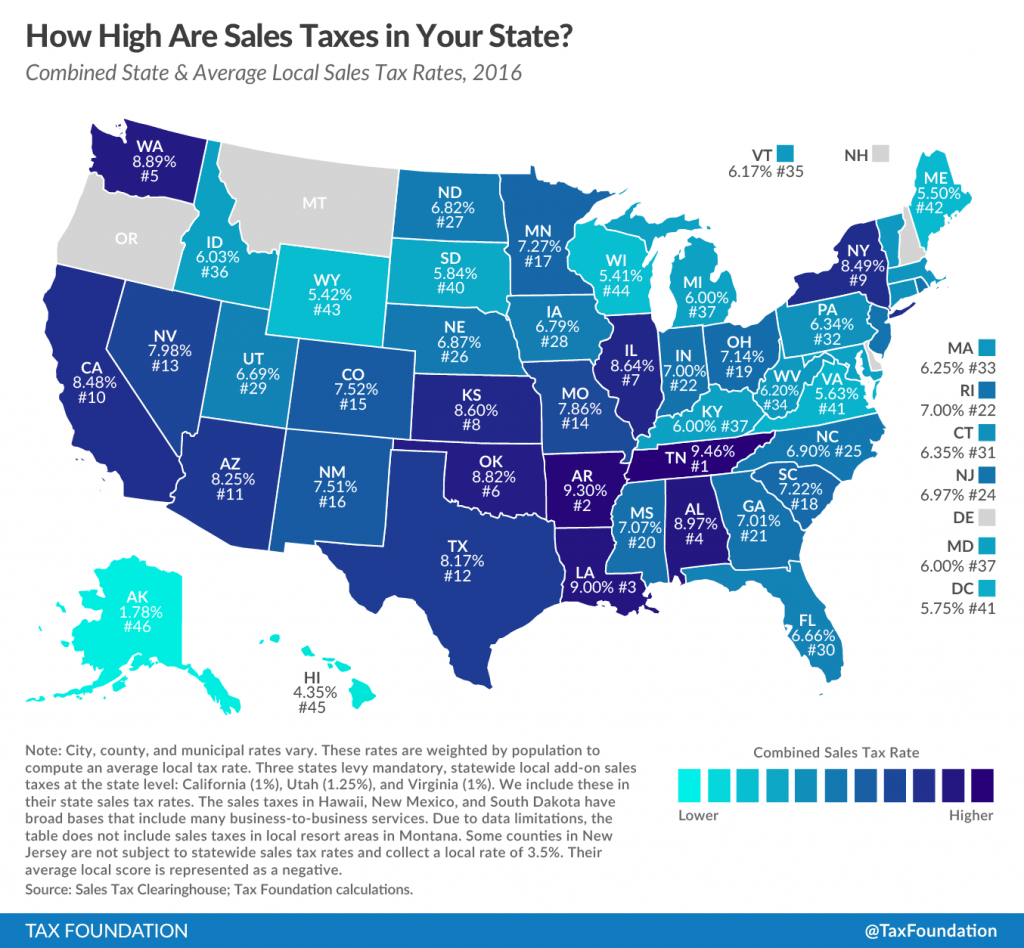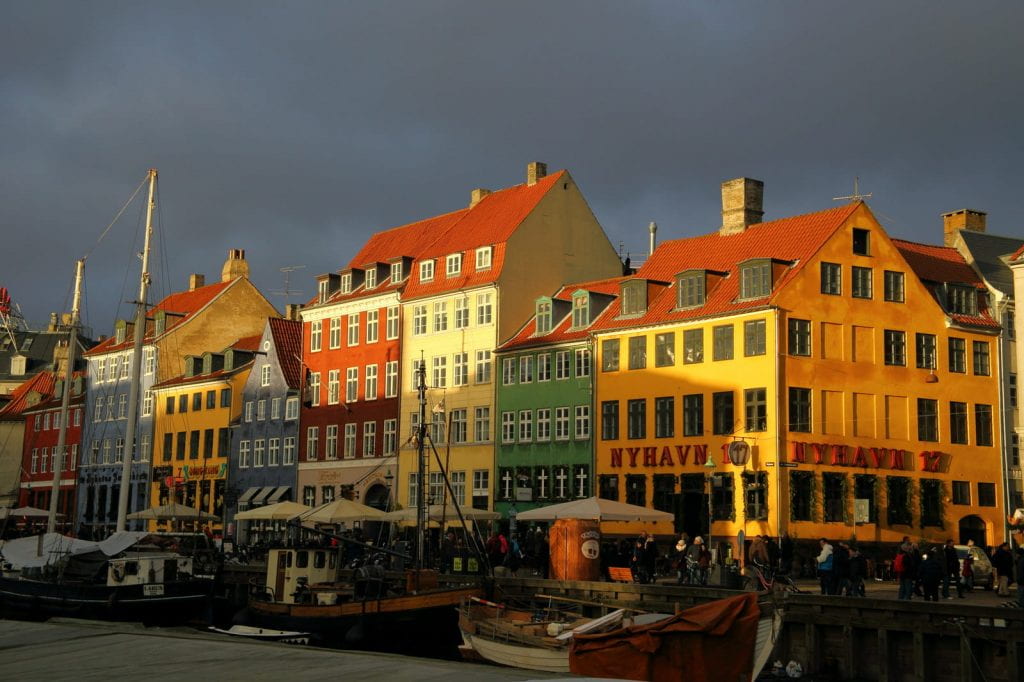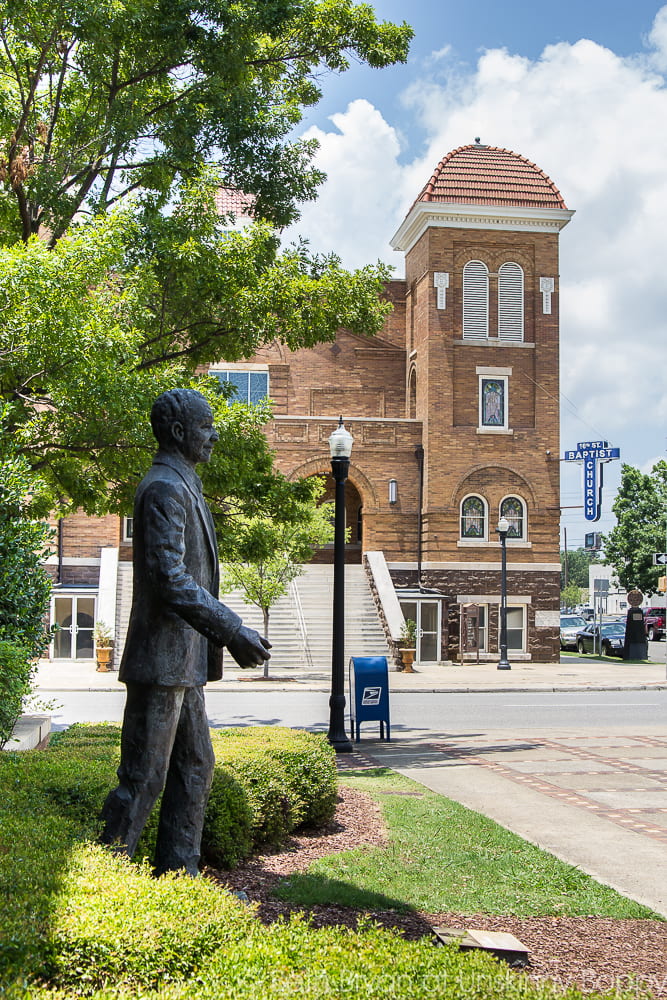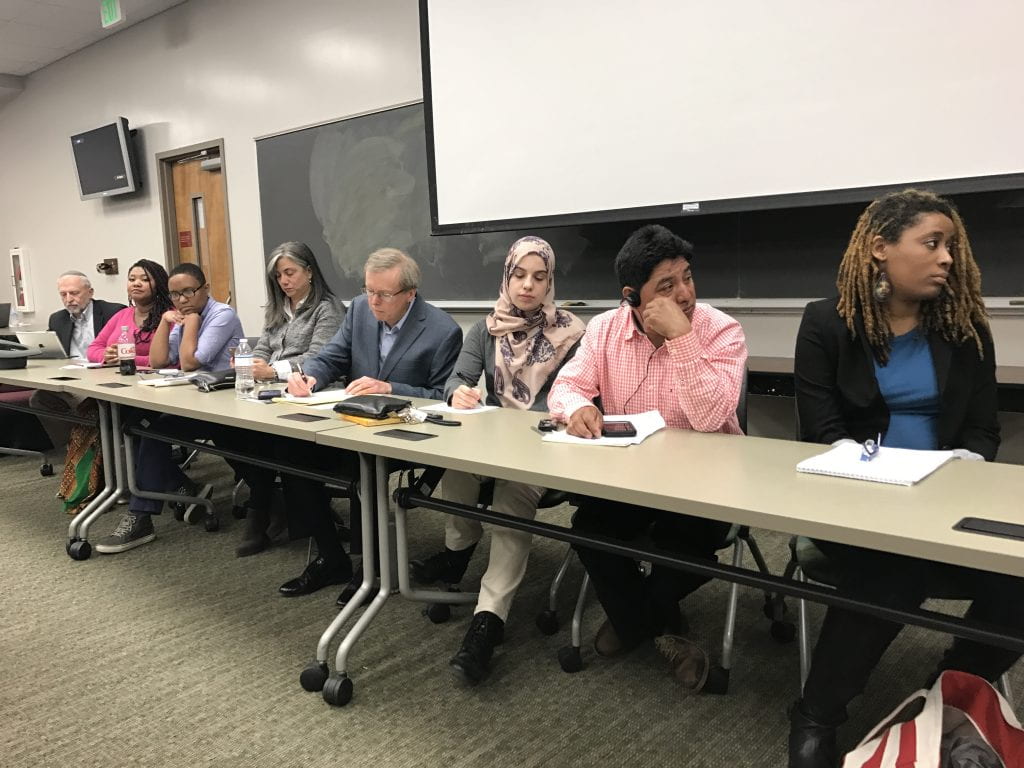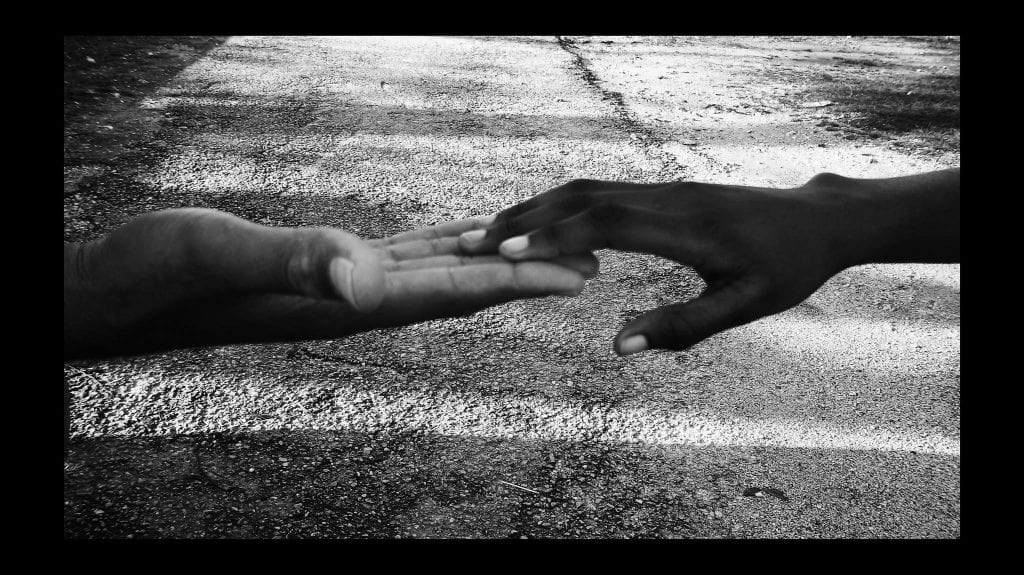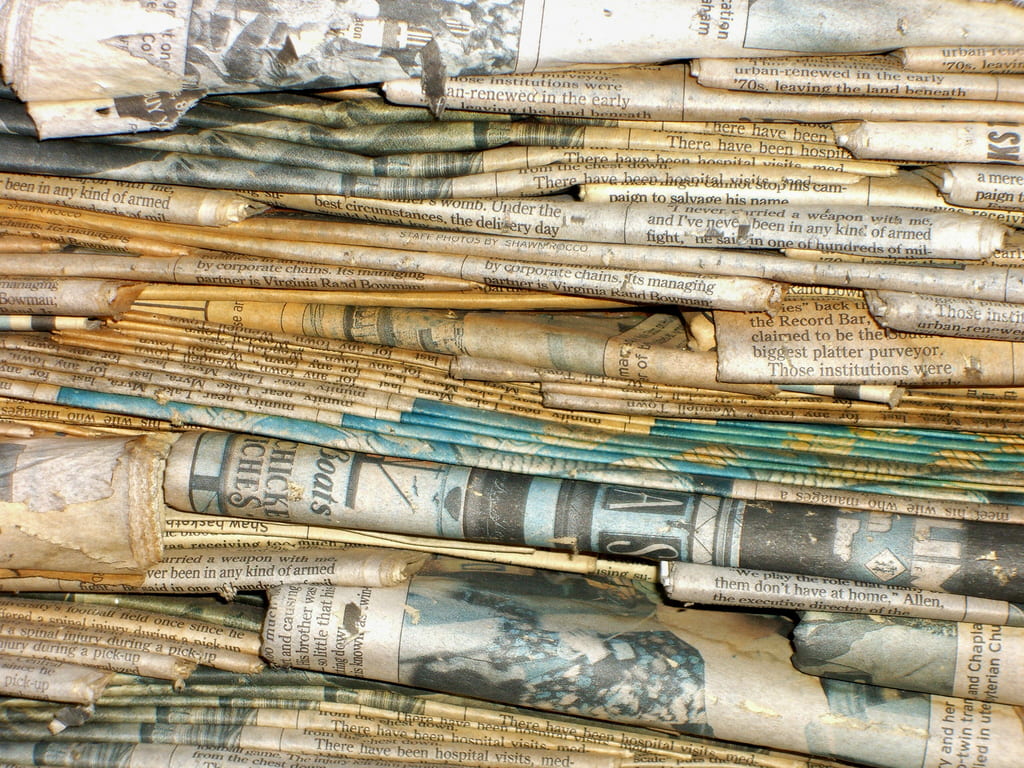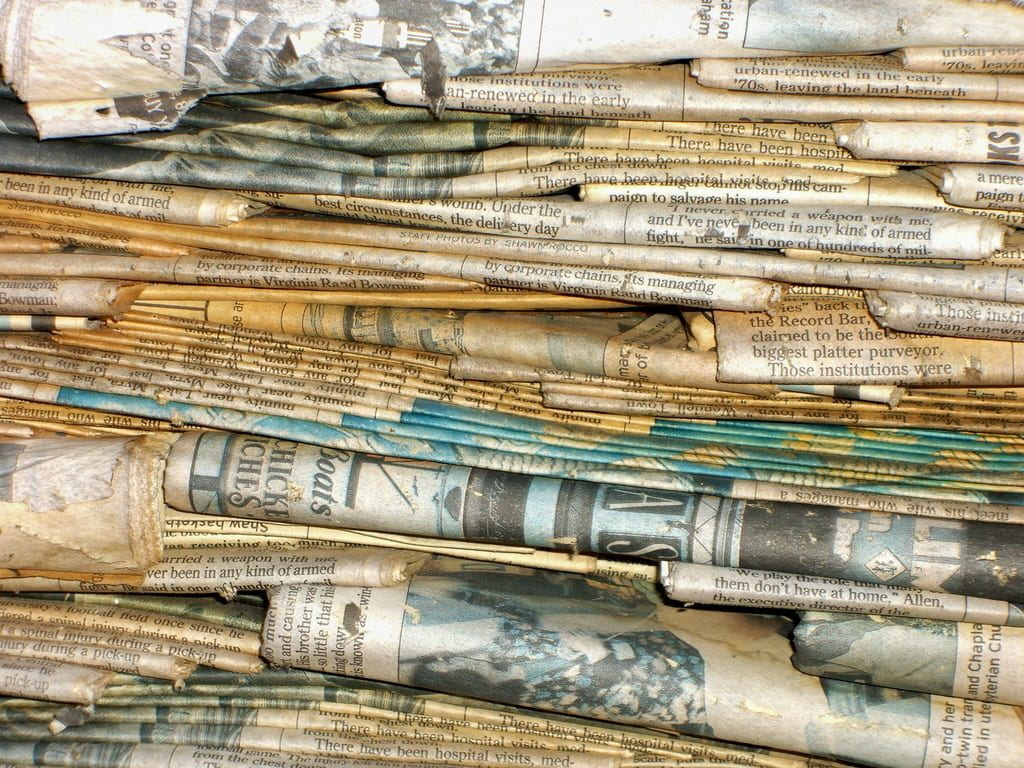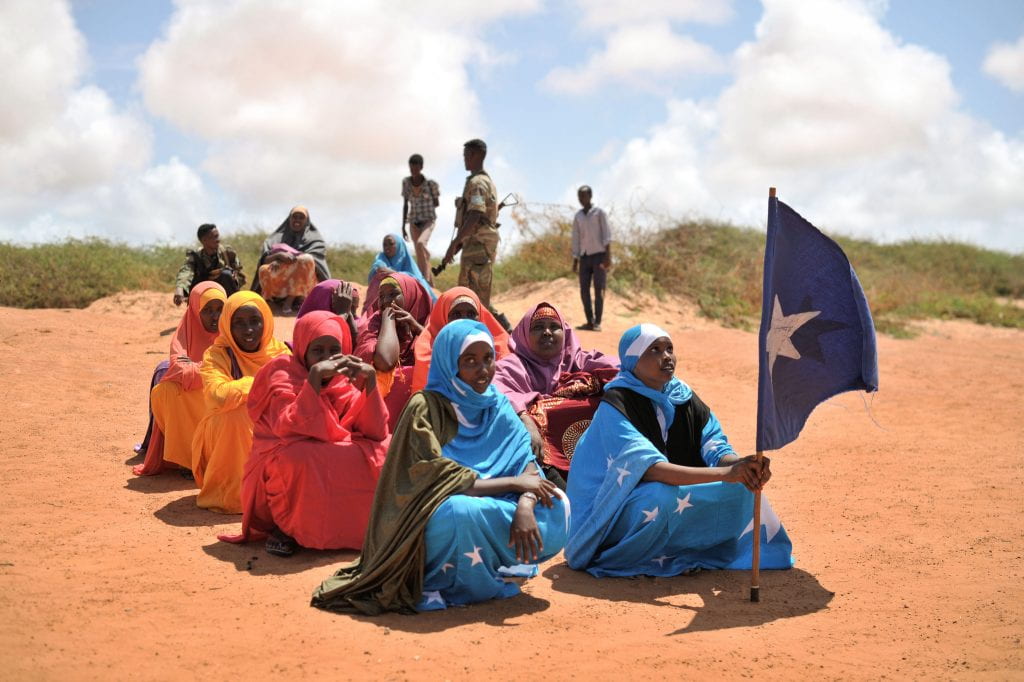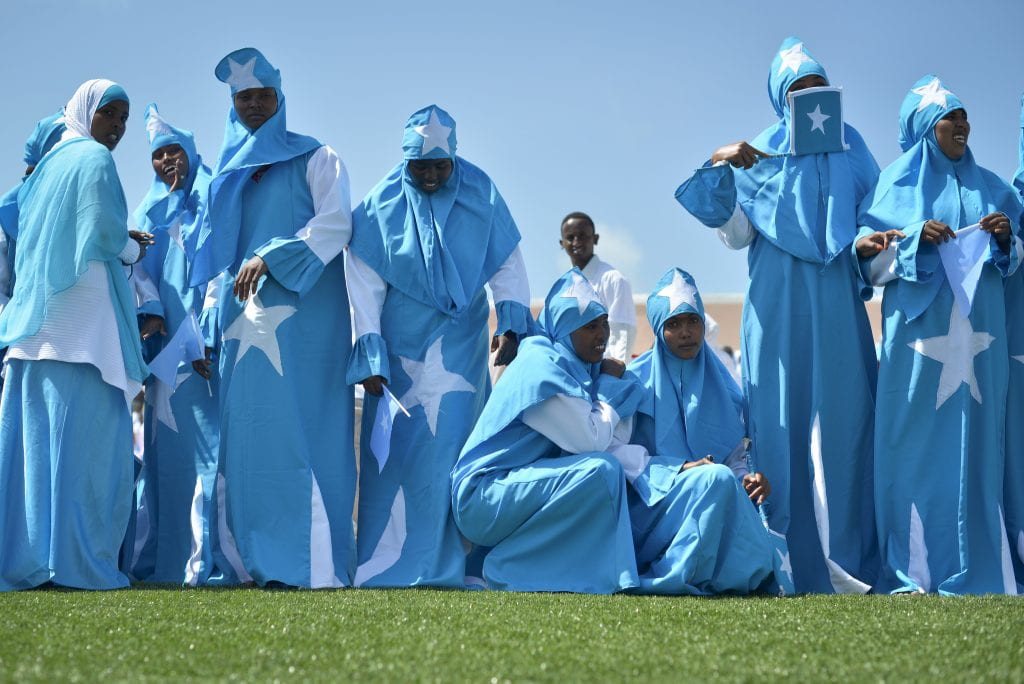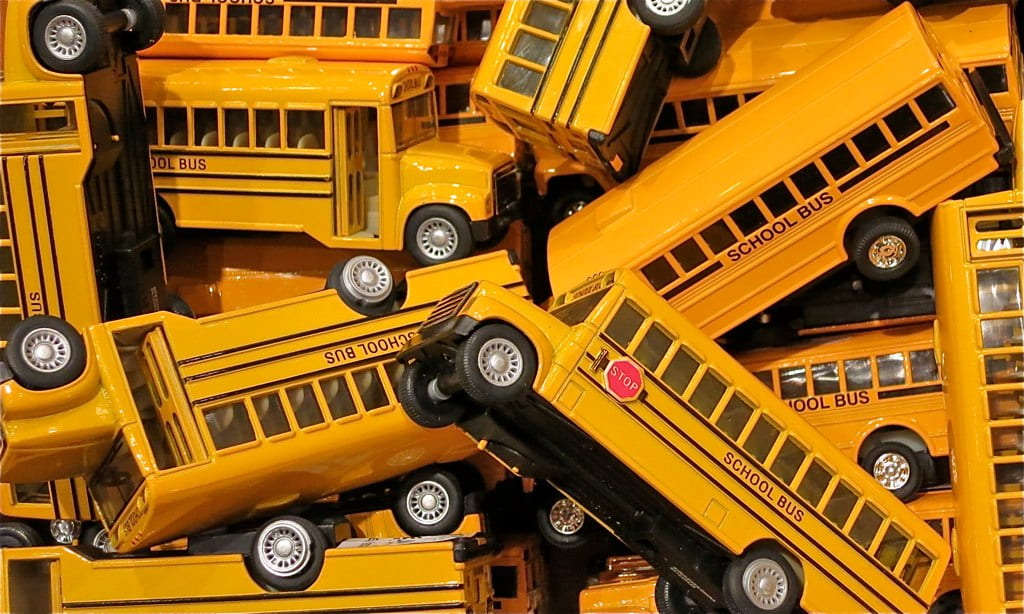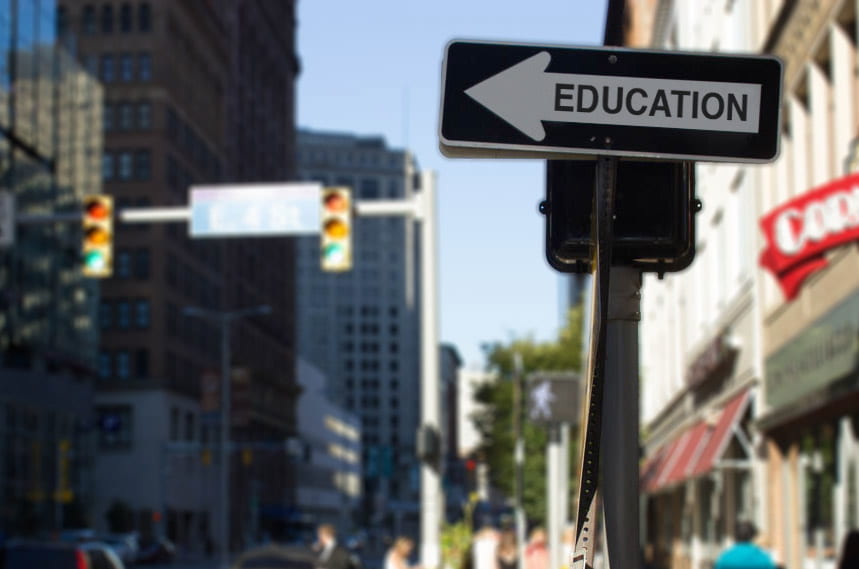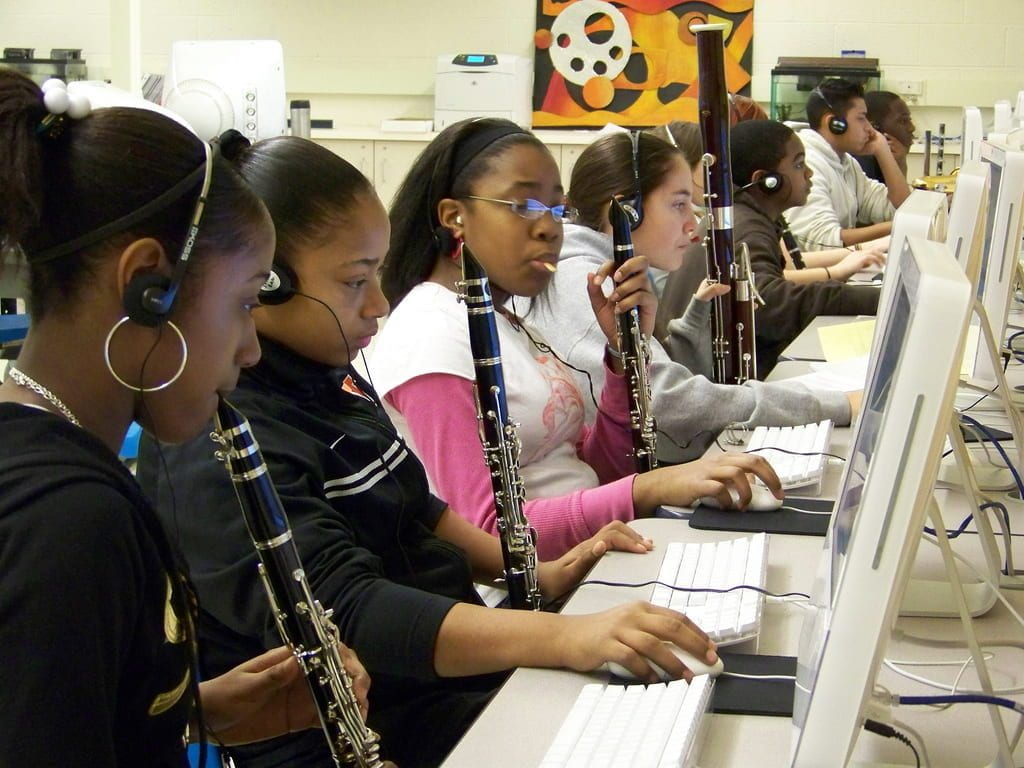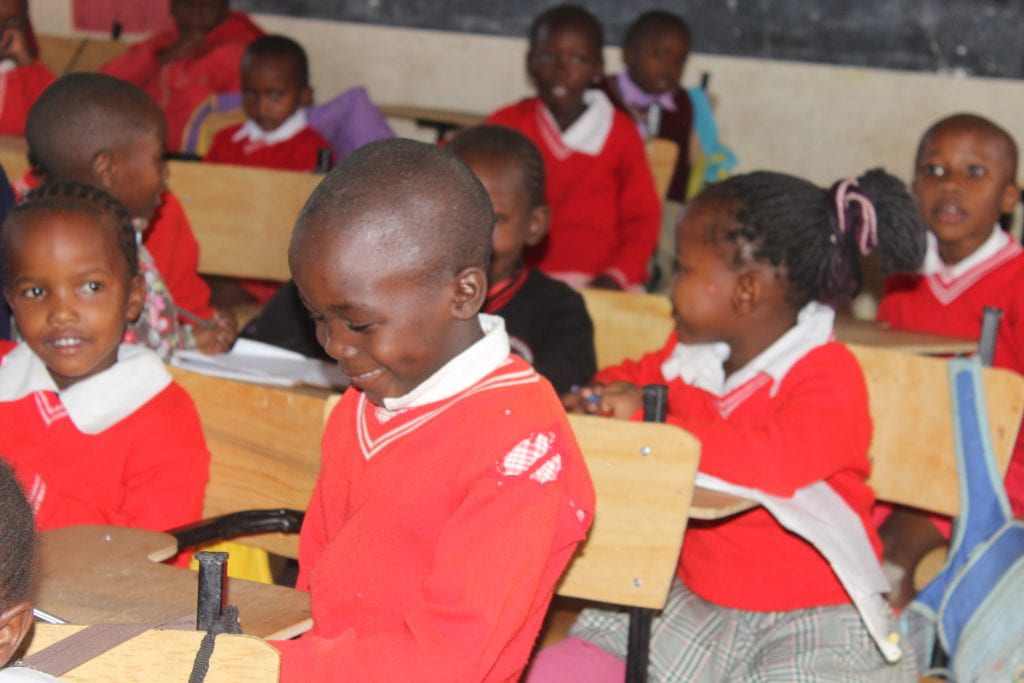
Traveling to Africa as a volunteer in orphanages and schools is a highlight of my life experiences so far. Witnessing people who possess so little compared to American standards, yet who are so happy and full of hope, is a life changing experience which calls into question all of our values and priorities. Many children in America often walk away from their opportunity for an education, while African children strive to be able to afford an education. Young women have additional struggles that may contribute to a lack of school, whether forced marriages and other family responsibilities, dating back in time so far that we cannot conceive of the cultural history driving them. Seeing stagnate water being used as the water source for families and communities and to see that in the 21st century, entire families dwell in primitive housing is something I will not soon forget.
We have much to learn from other cultures, just as we have much to share. While we can share a more modern understanding of women’s rights and women’s role in an educated society, and as we promote social justice and equality for all people, we can also learn from the generosity and spirit of hope evident in the smiles of these children. The one act of generosity that will stay with me forever is from a young Maasai girl named Liemon. My oldest daughter met this child on the trip last January (2016) and sent a letter with me to give to the child. I finally found her, or rather she found me. She came up to me from a crowd of children and took my hand. I asked her name and she told me she was Liemon. I was so excited to meet her and deliver the letter from my daughter. In return for the letter and pictures, this sweet child took off the necklace that you see her wearing in this picture, put it around my neck, and fastened it. She gave it to me as a gift. I have so much and she has so little, but this gesture of generosity will forever remind me of the gentleness of humanity that exists in all of us that connects us to each other no matter how different our cultures or our lives. This simple gift from a pure spirit, imprinted on my heart forever.
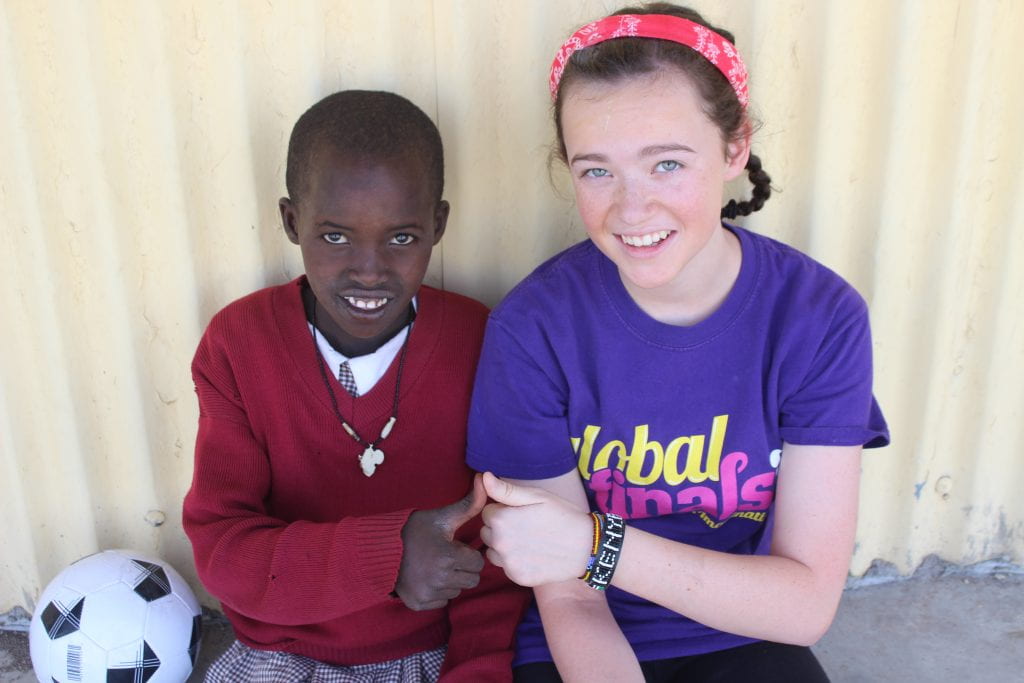
Kenya is home to numerous tribal populations, including the Maasai people. The tribe has a long preserved culture in the way that they live and dress which makes them a sign of Kenyan culture. Easily identified by their traditional style of dress, the Maasai usually red or green plaid clothing tied across their bodies. Maasai live in both Kenya and Tanzania. Maasai lands include the great game reserves that overlaps with the Serengeti plains, an area famous for the great wildebeest migration that takes place every year. Although Maasai game reserves bring considerable amounts of money to the Kenyan government, Maasai people still live on as little as $1 per day. Entrepreneurs from the Maasai people are working to change that into a more equitable arrangement and volunteers can help support those efforts. One such project is that foreign owned hotels located on Maasai land now buy their soap products from Maasai women who make the soap. This provides sustainable income to the women and allows the community to benefit from tourism.
Swahili is the native language of Kenya but the national language is English. Most Kenyan students study English in schools, whereas Maasai children speak the Maa language–a Nilotic ethnic language from their origin. Language barriers can prevent Maasai people from full participation in events outside of their tribal community; therefore, Maasai children need to understand three languages to participate in the greater Kenyan society. Maasai children now have access to education. Education remains expensive for those who continue to live a traditional lifestyle. Kenya requires that children wear a uniform before they can attend school. The combination of school fees and uniform costs make education difficult for many Kenyan families, including Maasai families.
Women are truly the fabric of the community in the tribal culture of the Maasai. They build the traditional circular houses using mud, grass, wood, and cow-dung. Women also cook for the family, create jewelry to sell to provide for their families, and handle all child-rearing responsibilities. Despite their role in the community, girls as young as eight are at risk of their families trading them for livestock, and forcing them into marriages with much older men. When this happens, girls no longer attend school, are subject to and endure female genital mutilation, and forced into a life of a wife and mother. Many times, they are the second wives who have less standing in the community, less rights, and experiences of extreme levels of abuses.
The government of Kenya has passed laws against these types of human rights violation, but the practices go largely unregulated in tribal cultures. The Maasai people are leading the way to stop these practices by producing dramas for elementary and secondary schools. Further, they are building libraries, schools, and rescue centers to encourage young women to assert their legal rights and stay in school. Times are changing, and I remain thrilled to be a part of the change. Volunteering to provide education, clean water, green houses, and other sustainable solutions has truly been an amazing experience. Collaborating with Kenyans, specifically the Maasai people, and making a difference in their communities provides a life changing opportunity.
With My Own Two Hands, a nonprofit organization located in Laguna Beach, California, organized my trip to Kenya. Owner and Director, Lindsey Plumier raises funds to support local efforts of sustainable solutions that work to provide education, shelter, food, and fresh water to children in Kenya. With My Own Two Hands organizes volunteer trips to Kenya at least once a year, usually in January. More about the organization, ongoing projects, and opportunities to serve can be found at http://www.withmyown2hands.org. My goal is to take students from UAB to Kenya over spring break of 2018 for them to participate in some of these projects. Their educational experience will be enhanced and their worldview forever changed by these experiences.
